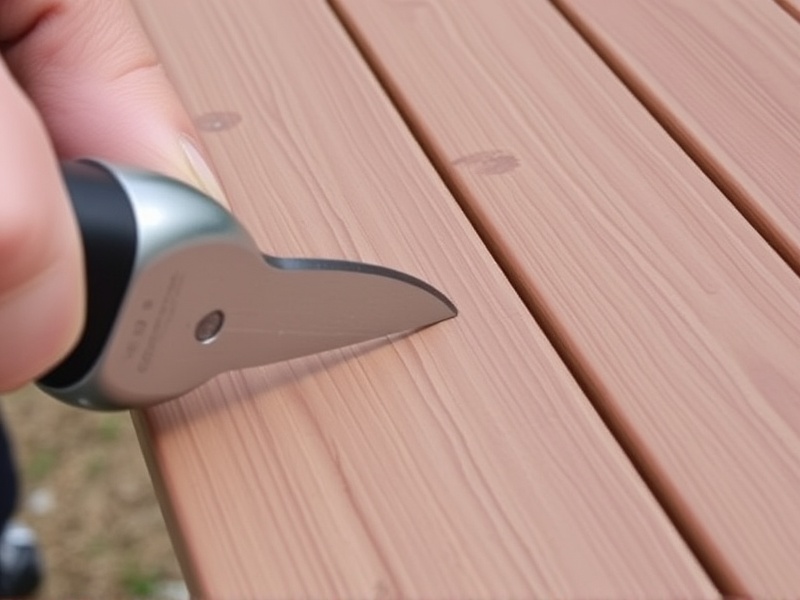Our Location
304 North Cardinal St.
Dorchester Center, MA 02124
Get expert advice on choosing the perfect blade for your composite decking project. Understand the factors that affect cutting performance.

Composite decking has become a popular choice for many homeowners due to its durability, low maintenance, and aesthetic appeal. However, cutting this material requires careful consideration of the right blade for the job. Choosing the wrong blade can lead to subpar results or even damage your deck. In this article, we will provide step-by-step guidance on selecting the appropriate blade for cutting composite decking. We’ll cover factors such as blade diameter, kerf width, and compatibility with power tools. Practical examples and scenarios will be provided to enhance your understanding.
The diameter of the blade you choose is crucial because it affects the depth of the cut and the type of power tool you can use. For instance, if you are using a circular saw, you would typically want a blade with a diameter between 7-1/4 inches and 10 inches. Smaller blades might not have the necessary reach, while larger blades could be too cumbersome for some projects. According to the experts at Family Handyman, choosing the correct blade diameter ensures that the cut is clean and precise.
The kerf width is another important factor. The kerf refers to the thickness of the material removed by the blade during the cutting process. A wider kerf means more material is removed, which can be beneficial for preventing binding in the cut but also means more waste. Composite materials often require a narrower kerf to avoid excessive splintering and to ensure a cleaner finish. Blades designed specifically for composite materials usually have a narrower kerf, which helps in achieving smoother cuts.
Ensure that the blade you select is compatible with your power tool. Different power tools may require different blade sizes and types. For example, a table saw might require a blade with a specific arbor size. Always check the manufacturer’s recommendations to avoid damaging your tool or compromising the quality of your cut. As highlighted in an article from Popular Mechanics, proper compatibility ensures safety and efficiency in your cutting tasks.
Let’s consider a scenario where you are planning to install a composite deck in your backyard. You have decided to use a circular saw for the task. Based on the considerations mentioned above, you should opt for a blade with a diameter of 7-1/4 inches or 10 inches, depending on the depth of the cuts required. Additionally, a blade with a narrow kerf, like the Freud Dura-Grade Circular Saw Blade (KC750X), would be ideal for reducing splintering and ensuring a clean edge. This blade is specifically designed for cutting composite materials and is known for its precision and durability.
Selecting the right blade for cutting composite decking involves considering multiple factors including blade diameter, kerf width, and compatibility with your power tools. By carefully evaluating these aspects, you can achieve professional results and maintain the integrity of your composite decking. Remember to always refer to the manufacturer’s guidelines and use blades designed specifically for composite materials to ensure the best outcomes.